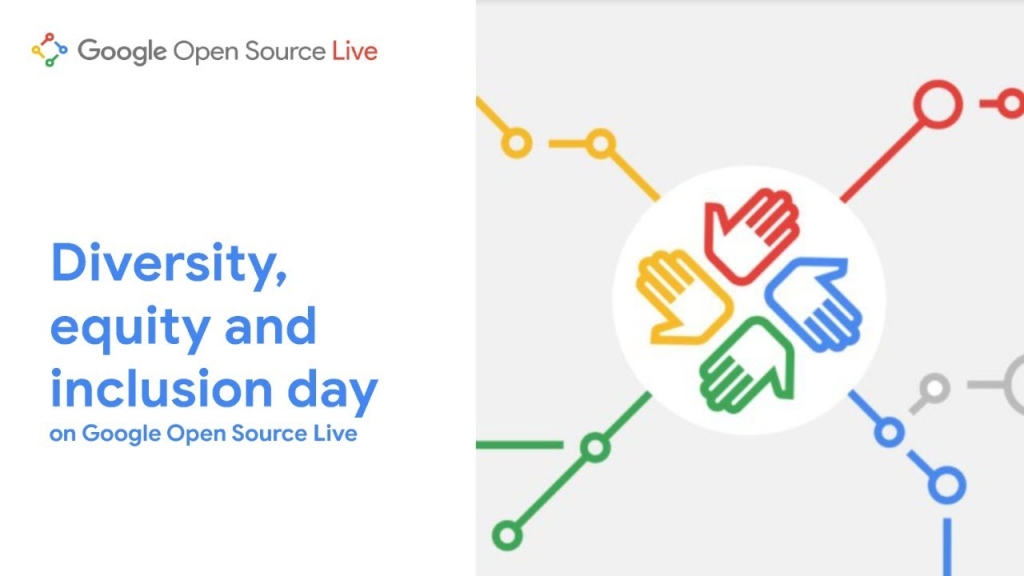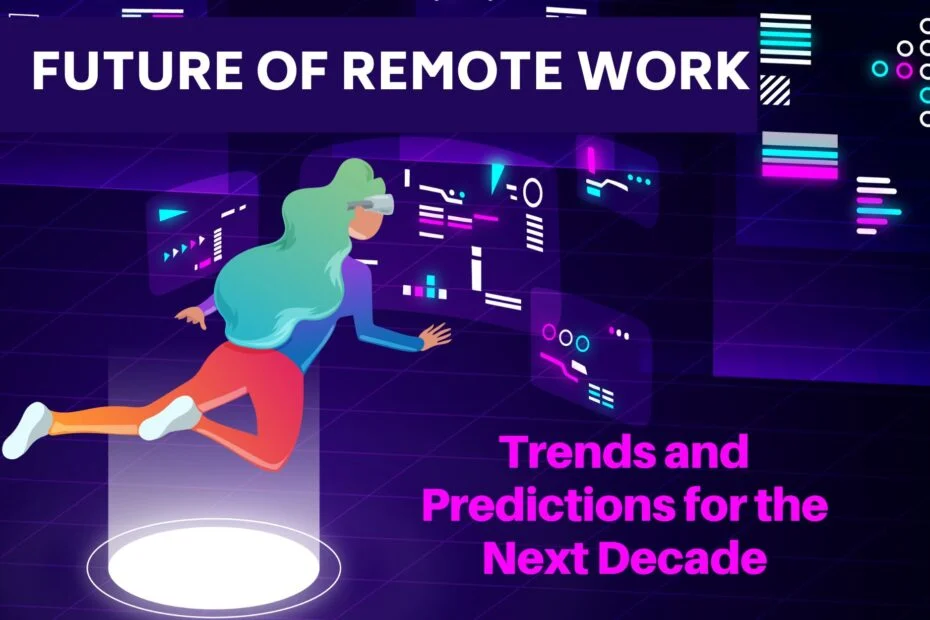Google’s commitment to diversity, equity, and inclusion is a critical focal point as the tech industry continues to navigate the complexities of corporate responsibility. The company’s DEI initiatives aim to enhance workplace representation, ensuring that diverse voices are included in decision-making processes and leadership roles. In the face of shifting political tides, Google is reevaluating its corporate diversity goals, particularly in light of the growing importance of equity and inclusion. As the tech giant works to foster a more inclusive environment, its efforts to improve diversity in tech are under scrutiny, spurring discussions about the future of workforce diversity. By prioritizing DEI, Google not only aims to reflect the society it serves but also to cultivate a more innovative and effective workforce that benefits everyone.
The focus on fostering a culture of inclusivity and fairness within large organizations is becoming increasingly vital, and Google exemplifies this movement. By reprioritizing its strategy toward representation within its teams, the company is addressing key challenges related to minority inclusion and equitable practices. Organizations across the tech sector are now more than ever conscious of their responsibilities to advance workplace diversity and create environments where every individual has the opportunity to thrive. As Google explores new avenues for contentment and productivity through its diversity efforts, it showcases how modern corporations can champion a more holistic approach to staff dynamics. This reevaluation not only aims to meet external expectations but also inspires others in the industry to follow suit and enhance their own inclusion frameworks.
Google’s Commitment to Diversity, Equity, and Inclusion (DEI)
Google’s journey towards enhancing diversity, equity, and inclusion (DEI) reflects a broader shift in the tech industry, as companies grapple with how to ensure equitable representation. Despite recent pressures faced from political entities and changing public sentiment, Google maintains that their dedication to promoting DEI is fundamental for cultivating a dynamic workplace. Maintaining corporate diversity goals is not merely about meeting hiring quotas; it encompasses fostering an inclusive culture that empowers all employees to thrive.
The significance of establishing a diverse workforce cannot be overstated, especially in tech, where innovation thrives on varied perspectives. Google’s previous commitment to increase the representation of underrepresented groups in leadership roles by 30% by 2025 showcases their ambition to not just meet societal expectations but enhance the overall health of the organization. Even as Google revisits its DEI initiatives, the underlying principle is to create a workplace that champions equity and leverages diversity as a strategic advantage.
The Impact of Political Pressure on Corporate Diversity Initiatives
Political factors have increasingly influenced corporate strategies, especially concerning diversity, equity, and inclusion initiatives within tech industries. The recent pressure exerted by political figures, such as President Trump, has compelled organizations like Google to reevaluate their DEI goals. This recalibration comes at a crucial time when public activism around racial justice and equity surged post-2020, pushing businesses to take more definitive stands on these issues. However, the tension between political influence and corporate responsibility raises questions about how effectively companies can maintain their commitment to diversity without succumbing to external pressures.
As Google reassesses its position on hiring targets aimed at improving workplace representation, it faces the challenge of balancing these external pressures with the ethical imperative to foster an inclusive workplace environment. This balancing act is crucial as companies strive to align their corporate diversity goals with the evolving social landscape. The potential fallout from retracting DEI initiatives could not only impact internal cultures but also influence public perception and consumer trust, thereby creating a complex landscape for economic and social accountability.
Challenges in Achieving Workplace Representation in Tech
Achieving workplace representation in tech remains a daunting challenge, despite concerted efforts by companies like Google. The industry has long been criticized for its lack of diversity, particularly in leadership roles where decision-making authority resides. Barriers to entry, systemic biases, and inadequate support structures can hinder progress, making it imperative for tech companies to adopt comprehensive strategies that go beyond traditional hiring practices. Initiatives must not only focus on increasing numbers but also on cultivating a supportive environment that recognizes and nurtures talent from all backgrounds.
Moreover, addressing issues of equity and inclusion requires an ongoing commitment to education and training within organizations. Google’s reevaluation of its DEI programs highlights the need for transparency and accountability in measuring progress towards improved representation. Companies must not only set ambitious corporate diversity goals but also create actionable pathways that empower underrepresented talent to thrive and ascend into leadership positions, ensuring that diversity is sustained and that every voice is heard in shaping the future of the tech industry.
Evaluating Google DEI Initiatives: A Dual Perspective
As Google embarks on the assessment of its DEI initiatives, the complexities of such an evaluation come into sharp focus. While some view the decision to halt specific hiring targets as a regression, others see it as an opportunity to rethink how diversity and inclusion can be embedded into the company’s core values rather than merely as numerical objectives. This dual perspective urges organizations to adopt a more holistic approach towards DEI, incorporating both qualitative and quantitative measures that reflect genuine commitment to change.
Moreover, Google’s experience illustrates the broader trend within the tech industry where companies are encouraging open dialogues about diversity, equity, and inclusion. By adopting innovative frameworks for evaluation, organizations can better understand their DEI impact and foster an inclusive culture that resonates with employees. The challenge lies in ensuring that these discussions lead to substantive actions rather than just lip service, highlighting the importance of translating commitments into tangible results that benefit all stakeholders.
The Role of Leadership in Driving Diversity and Inclusion
Strong leadership is critical to the success of diversity and inclusion initiatives in any organization, and Google’s efforts are no exception. Leaders play a vital role in modeling inclusive behaviors and advocating for policies that support equity within the workplace. By placing diversity and inclusion at the forefront of organizational priorities, leaders can influence cultural shifts that enhance workplace representation and democratize access to leadership roles. This transformation not only creates a more vibrant work environment but also drives innovation through varied perspectives.
Furthermore, leaders are tasked with the responsibility of holding themselves and their organizations accountable for progress in DEI efforts. Google’s commitment to increasing leadership diversity must be matched with consistent check-ins on how these initiatives are functioning within the corporate structure. Effective leaders foster an atmosphere of trust, openness, and support, enabling employees from underrepresented backgrounds to feel valued and heard, thus strengthening the overall fabric of the organization.
Innovative Strategies for Enhancing Workforce Diversity at Google
In response to the evolving landscape of workforce diversity, Google is exploring innovative strategies that aim to address the shortcomings of traditional hiring practices. Programs designed to identify and dismantle biases in recruitment processes can pave the way for a broader pool of candidates from varying demographics. Moreover, partnerships with organizations that specialize in mentorship for underrepresented groups can create pathways that enhance workplace representation and develop a pipeline of diverse leaders within the tech industry.
Furthermore, implementing employee resource groups (ERGs) and diversity councils enables Google to engage employees actively in DEI conversations. These groups not only provide a safe space for sharing experiences but also contribute valuable insights into the company’s diversity initiatives, ensuring that they align with the needs of the workforce. This community-driven approach to enhancing diversity encourages collaboration and fosters a sense of belonging, proving to be a vital element in achieving long-term corporate diversity goals.
The Intersection of Corporate Social Responsibility and DEI Initiatives
Corporate social responsibility (CSR) and diversity, equity, and inclusion (DEI) initiatives are increasingly intertwined, as organizations recognize their role in society goes beyond profit generation. For a tech giant like Google, embracing CSR means actively contributing to the welfare of communities while creating a workforce that mirrors society’s diversity. This integration fosters goodwill and strengthens brand loyalty among consumers who prioritize ethical practices.
Moreover, aligning CSR efforts with DEI initiatives allows Google to demonstrate its commitment to long-lasting change in societal attitudes towards equity. By leveraging its influence as a leading tech company, Google can champion initiatives that uplift marginalized communities, thereby driving systemic change across the industry. This synchronization of CSR and DEI enhances stakeholder value and reinforces the narrative that diverse perspectives lead to innovative solutions, ultimately benefiting both the company and society at large.
Future Trends in Workplace Diversity and Inclusion
As workplaces continue to evolve, future trends in diversity, equity, and inclusion are expected to shift in response to societal and technological changes. For Google, this means staying ahead of the curve by adopting new methodologies that go beyond simply measuring demographics. Insights drawn from data analytics can guide more nuanced strategies that are tailored to tackle specific inequities faced within the organization—ensuring that workforce diversity is not just a checkbox initiative but an ingrained organizational principle.
Additionally, emerging trends suggest a growing emphasis on mental health and well-being as integral components of diversity and inclusion programs. By addressing holistic employee experiences—recognizing that diversity encompasses more than just race and gender—Google can foster a more inclusive workplace that promotes psychological safety. This forward-thinking approach not only enhances employee satisfaction but also positions the company as a leader in the tech industry committed to equity and innovation.
Community Engagement as a Catalyst for Workplace Diversity
Community engagement plays a pivotal role in driving workplace diversity at companies like Google. By partnering with local organizations and educational institutions, Google can cultivate relationships that nurture talent from underserved communities, ensuring a more varied candidate pool for future hiring. These initiatives not only enrich the company’s recruitment strategies but also contribute to building bridges between the corporate world and the communities it serves.
Furthermore, engaging with the community reinforces Google’s commitment to fostering equity and inclusion beyond its walls. By actively participating in local events and promoting outreach programs, the company demonstrates its dedication to making a difference. This engagement not only bolsters its brand reputation but also inspires employees to advocate for and contribute to diversity initiatives, resulting in a more inclusive work culture that embodies the principles of representation and opportunity.
Frequently Asked Questions
What are Google DEI initiatives and how do they aim to improve workplace representation?
Google DEI initiatives focus on enhancing diversity, equity, and inclusion within the workplace. These initiatives aim to increase workplace representation of underrepresented groups and promote equity through various programs and policies.
How has Google addressed diversity in tech following recent social justice movements?
In response to social justice movements, particularly after the George Floyd incident, Google implemented strategies targeting diversity in tech, aiming for a 30% increase in underrepresented leadership roles by 2025.
What changes are happening to Google’s corporate diversity goals amid political pressure?
Amid political pressure, Google has decided to reassess its corporate diversity goals and will no longer set hiring targets specifically for improving representation within the company.
Why is equity and inclusion important in the tech industry, particularly for companies like Google?
Equity and inclusion are crucial in the tech industry to foster innovation, enhance creativity, and ensure diverse perspectives are represented, making companies like Google more effective and relevant in a global marketplace.
What is Google’s current stance on diversity and inclusion programs after recent evaluations?
Google remains committed to its diversity and inclusion programs, although it is currently reevaluating the efficacy of these programs and adjusting its approach to ensure they align with its corporate values and goals.
| Key Point | Details |
|---|---|
| Reevaluation of DEI Initiatives | Google is reassessing its diversity, equity, and inclusion (DEI) strategies due to political pressure. |
| Hiring Targets Dropped | The company will no longer set hiring targets for improving representation within Google. |
| Response to Racial Justice Movement | Following calls for justice after George Floyd’s death, Google aimed for a 30% increase in underrepresented leadership roles by 2025. |
| Commitment to DEI | A spokesperson confirmed that despite reassessing, Google remains committed to DEI goals. |
Summary
Google’s diversity, equity, and inclusion (DEI) initiatives are under reevaluation as the company faces significant political challenges. This pivotal moment for Google highlights the complexities of maintaining true commitment to inclusion amid external pressures. By shifting away from specific hiring targets, Google appears to be redefining its strategies for creating a more equitable workplace. However, the commitment to enhance representation and support underrepresented groups remains a critical component of their ongoing DEI efforts.



